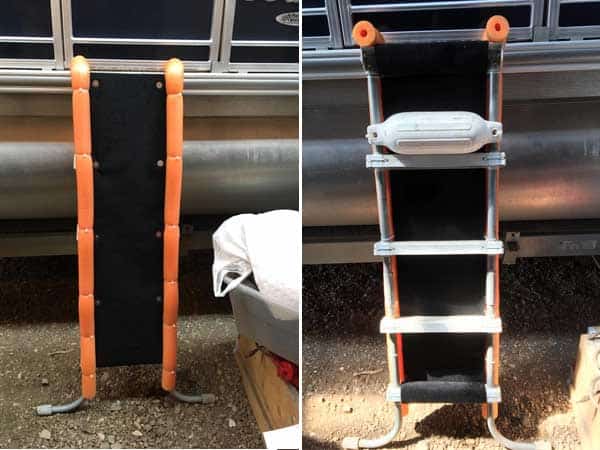How to Build a Boat: Common Mistakes to Avoid
Building a boat is a rewarding but challenging project. It demands meticulous planning, precise execution, and a healthy dose of patience. Many aspiring boat builders stumble along the way, often due to preventable mistakes. This article highlights common pitfalls and offers advice to ensure your project sails smoothly – pun intended! Avoid these errors, and you'll significantly increase your chances of launching a seaworthy vessel.
Planning & Design: Laying the Foundation for Success
A poorly conceived plan dooms any boat-building project from the start. Don't rush this critical first step. Begin with a detailed set of plans, whether you design them yourself or purchase pre-made blueprints. Scrutinize every detail; consider the type of boat, its intended use, and your skill level. Overestimate the time and resources required; building a boat takes longer than you think!
Choosing the Right Materials: Quality Over Quantity
Selecting the correct materials is paramount. Compromising on quality to save money often leads to costly repairs or even structural failure. Research different wood types, their properties, and their suitability for boat construction. Consider using marine-grade plywood or epoxy for superior water resistance. Carefully inspect each piece of wood for knots, cracks, or other defects before incorporating it into your design. Don't cut corners; invest in high-quality materials.
Construction: Precision and Patience
The construction phase demands precision and patience. Rushing this stage invites errors that are difficult to correct later. Carefully follow your plans, double-checking measurements at every step. Use appropriate tools and techniques for each task. Remember, accuracy is essential for a structurally sound and watertight hull.
Accurate Measurement and Cutting: The Cornerstone of Success
Inaccurate cutting is a common mistake. Invest in high-quality measuring tools and ensure your cuts are precise. Using a jig saw or router table helps maintain consistency. Double-check measurements before every cut and take your time; a few minutes spent ensuring accuracy saves hours of rework later. Remember to account for wood expansion and contraction due to moisture changes.
Proper Fastening and Bonding: Ensuring Structural Integrity
The strength and longevity of your boat depend heavily on proper fastening and bonding. Use marine-grade fasteners and adhesives designed to withstand exposure to water and salt. Ensure proper alignment before driving screws or nails to prevent splitting the wood. Employ sufficient clamping pressure to achieve strong adhesive bonds. Remember, a poorly fastened joint can compromise the entire structure.
Finishing Touches and Launch: The Final Stages
Once the hull is complete, you still need to apply a protective finish. This prevents water damage and adds to the boat's aesthetic appeal. Choosing the correct paint or varnish is crucial; use marine-grade products designed to withstand the harsh conditions of the water. Thoroughly sand and prepare the surfaces before applying any coatings for a flawless finish.
Launching Your Vessel: A Moment of Triumph
Finally, launching your handcrafted boat is a deeply satisfying experience. But before you do, perform a thorough inspection. Check for any leaks or structural issues. Once confident in your vessel's seaworthiness, proceed carefully to the water. Have assistance available to help launch and secure your boat, particularly if it is a larger craft. Enjoy the fruits of your labor!
Troubleshooting and Maintenance: Long-Term Care
Even with careful planning and construction, issues can arise. Learn basic boat maintenance and repair techniques. Regularly inspect your boat for signs of damage, such as leaks or cracks. Address any problems promptly to prevent them from escalating. Proper maintenance ensures your boat remains seaworthy and provides years of enjoyment.



























 < /center>
< /center>